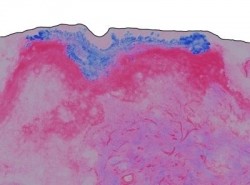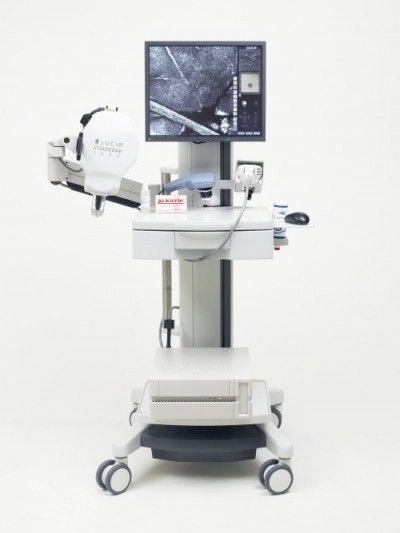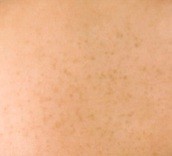Scientists assess safety of nanoparticles in sunscreen using laser imaging

ZnO particles have dimensions less than one-ten-millionth of a metre and are among the ingredients list of some commercially available sunscreen products, which has previously raised concerns about whether the particles may be absorbed beneath the outer layer of skin.
The results of the research, which were published this month in the Optical Society's (OSA) open-access journal ‘Biomedical Optics Express’, lay the groundwork for future studies in live patients.
Particles did not penetrate
The scientists found that the nanoparticles did not penetrate beneath the outermost layer of cells when applied to patches of excised skin.
Nanoparticles, in particular ZnO have a high optical absorption in the UVA and UVB range, as well as being transparent in the visual spectrum when mixed into lotions, thus making them ideal for cosmetics and in particular sunscreen.
However, previous studies have suggested that the particles are toxic to certain types of cells within the body, which was one of the main drivers to study the nanoparticles' fate after being applied to the skin.
Laser imaging
The Australian and Swiss research team say that by characterizing the optical properties of ZnO nanoparticles, they were able to find a way to quantitatively assess how far the nanoparticles might migrate into skin.
They used a technique called nonlinear optical microscopy, which they explain “illuminates the sample with short pulses of laser light and measures a return signal”.
Initial results from the study showed that ZnO nanoparticles present in a formulation that was rubbed into the skin for five minutes incubated at body temperature for 8 hours, and then washed off, without penetrating topmost layer of the skin.
The new optical characterization should be a useful tool for future non-invasive in vivo studies, the researchers write.





















